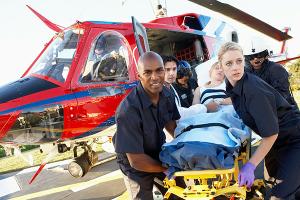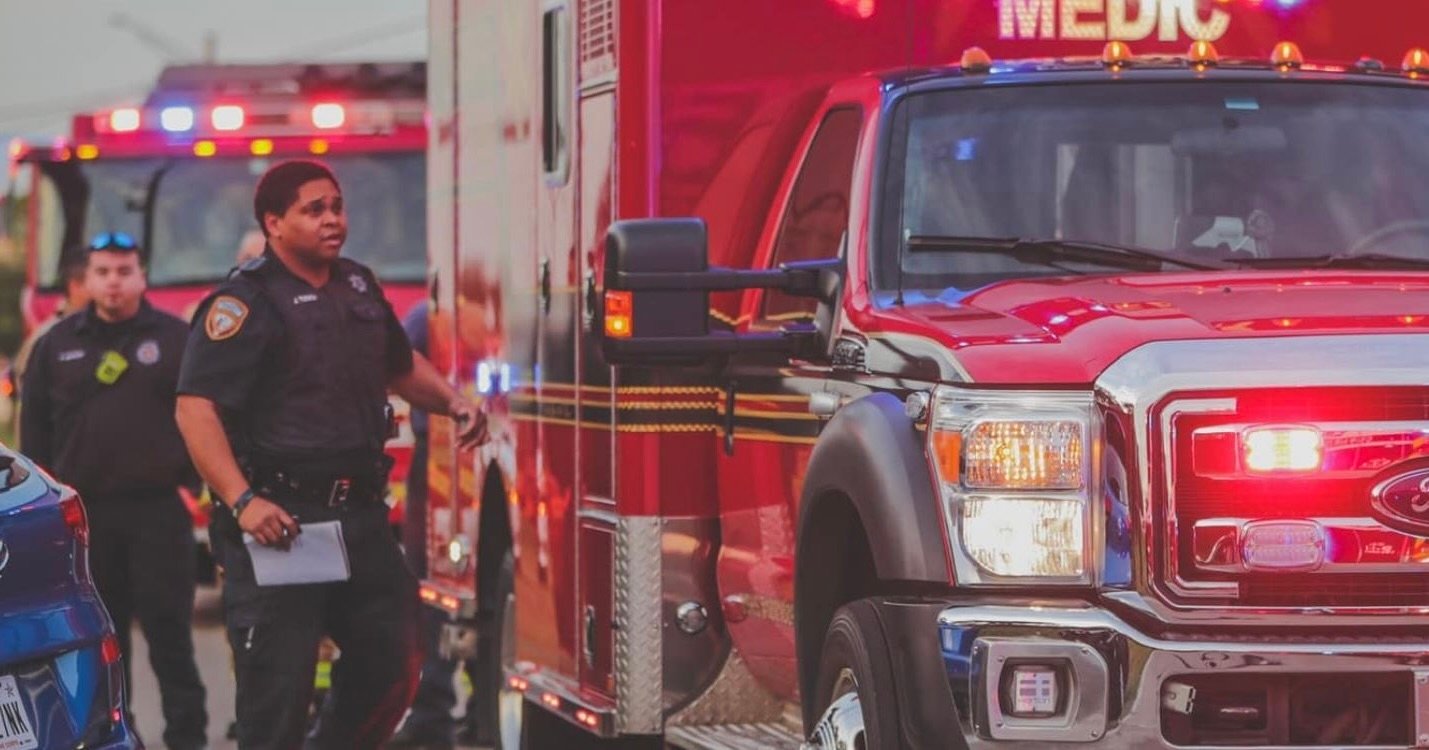Stop the Staffing Spiral: Burnout is Draining Your Workforce
Editor's Note: In July 2025, EMS1 and Fitch & Associates released their annual EMS trend survey, What Paramedics Want, proudly sponsored by Pulsara....
3 min read
 Hannah Ostrem
:
Jan 05, 2017
Hannah Ostrem
:
Jan 05, 2017

When the concept for EMS was born nearly 50 years ago, it was meant to be an integrated part of a smooth system of care beginning with the call to EMS dispatch and continuing through to definitive treatment. However, EMS-to-hospital communications have faced significant barriers including miscommunications due to archaic and unreliable technologies, issues transmitting ECGs and other patient data, inadequate training in STEMI recognition, and lack of access to patient outcome information for EMS. According to an article published in JEMS this week, recent studies have shown that prehospital notification by EMS improves time to treatment for stroke, however these notifications are not part of a consistent and standardized protocol, and in 25% of cases, EMS fails to alert the hospital of an incoming stroke patient.
Recently, new technologies have offered promise in improving these communications to help EMS achieve its intended role as a truly integrated part of the care team. Because many of the cases EMS is called to respond to are time critical (for example, every hour that a sepsis patient is delayed in getting antibiotics is associated with an 8% increase in mortality rate, and 2 million brain cells die each minute a patient is having a stroke), some systems such as Montgomery County Hospital District (MCHD), in Montgomery County, Texas, have begun implementing some of these new technologies and systems in efforts to standardize processes and ultimately improve time to treatment in time-sensitive emergencies.
Efforts like those undertaken by MCHD are critical as the 85% of stroke cases in which EMS is involved have faster onset to treatment times, and thereby improved patient outcomes. According to the article, although the emergencies systems like MCHD most commonly respond to (including STEMI, stroke, trauma, and sepsis) differ in terms of etiology, symptom presentation, and treatment, there is still a common set of best practices that should be followed by EMS teams to ensure the best patient outcomes:

As the JEMS article points out, despite careful identification of best practices and improvements in protocols, there is still work to be done in the realm of communication. Patching together outdated technology systems such as radio, landline phones, fax machines and pagers is still the most common practice for most EMS and hospital systems. This means complex and slow communication efforts, which often cause pieces of information to slip through the cracks and mistakes to be made, even (maybe especially) in cases where the stakes are the highest and care teams are racing against the clock.
MCHD recently began the process to implement Pulsara to allow direct, real-time communication between EMS, the ED, and specialty and inpatient resources. Now, MCHD's EMS providers in the field can enter information about a patient and activate a stroke or STEMI team with just a few taps. ED staff and members of the specialty teams—whether they're in the hospital or on call from home—instantly receive the notification and can see all available patient information including images of the ECG, the patient's medication list, last known well time, etc. They can also acknowledge that they've received the alerts and send questions or directions to the EMS team, all through the secure app.
Research has demonstrated that replacing the archaic communication webs with Pulsara has resulted in a 28–46% improvement in door-to-needle (DTN) therapy for stroke and a 22% improvement in door-to-balloon (DTB) in STEMI. Use of the Pulsara app was further associated with a modest improvement in meeting the national benchmarks of DTN < 60 minutes in stroke and DTB < 90 minutes in STEMI.
Pulsara also follows best practice recommendations in stroke and STEMI by providing real-time feedback to EMS providers regarding the outcomes of their patients. According to the article published on JEMS this week, "This is a massive step forward for a fragmented healthcare system where communicating vital information between different agencies and entities is quite difficult and rarely occurs in real time."
MCHD has also elected to participate the American Heart Association's (AHA) Mission: Lifeline initiative. The project has studied the common practices in STEMI care and assisted in developing a standardized STEMI care process across all members of the care team, from EMS to definitive treatment. The framework laid out by Mission: Lifeline "provides metrics for measuring and improving performance, guidelines for sharing outcomes, and data collection points to create a national cardiac data registry," according to the article. This data then allows teams to pinpoint sources of error or areas to be targeted for improvement.
MCHD is also collecting data for the Validation of Integrating a Stroke Algorithm (VISA) study, which will evaluate their adoption of the Rapid Arterial Occlusion Evaluation (RACE) score in an attempt to better diagnose LVO strokes and expedite transport to regional comprehensive stroke centers. Check out this blog post for more details on their study.
MCHD has taken on the challenge of integrating the best practices that exist in EMS with those of regional hospital partners through innovative technology. These efforts will improve patient care and outcomes for time-sensitive emergencies as well as all patients. Thanks for your service and dedication, MCHD!

Editor's Note: In July 2025, EMS1 and Fitch & Associates released their annual EMS trend survey, What Paramedics Want, proudly sponsored by Pulsara....

A new research study, published in The Journal of the American College of Cardiology (JACC), shows the use of Pulsara in a STEMI-focused initiative...

Texas EMS Agency Slashes Hospital Offload Times For Low-Acuity Patients Down from 45 Minutes to 10.2 Minutes with Innovative Door-to-Lobby Protocol ...